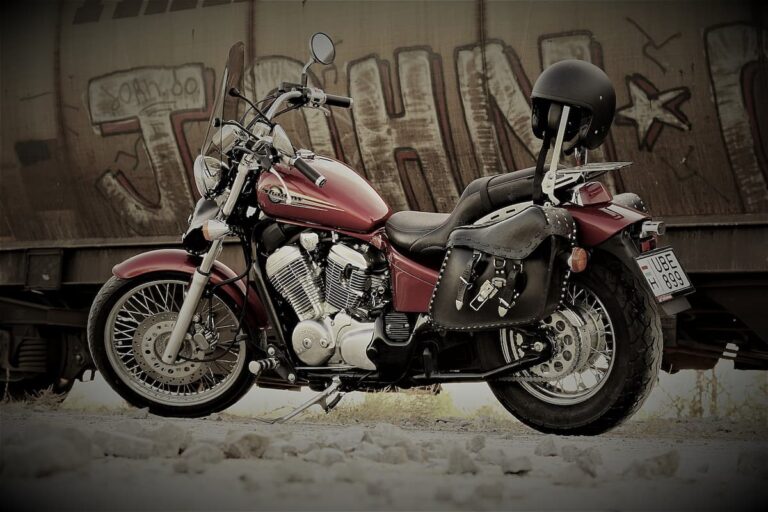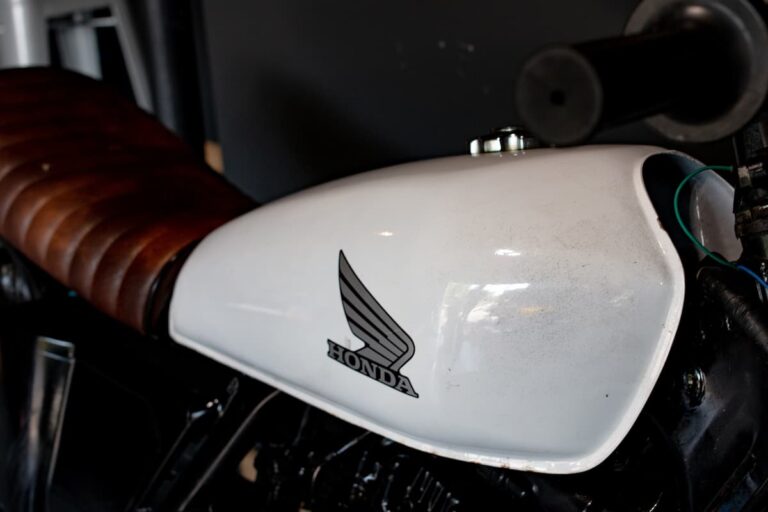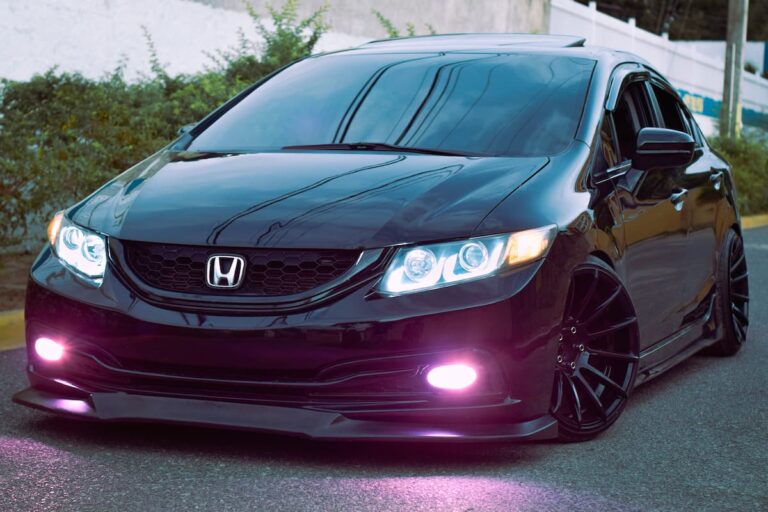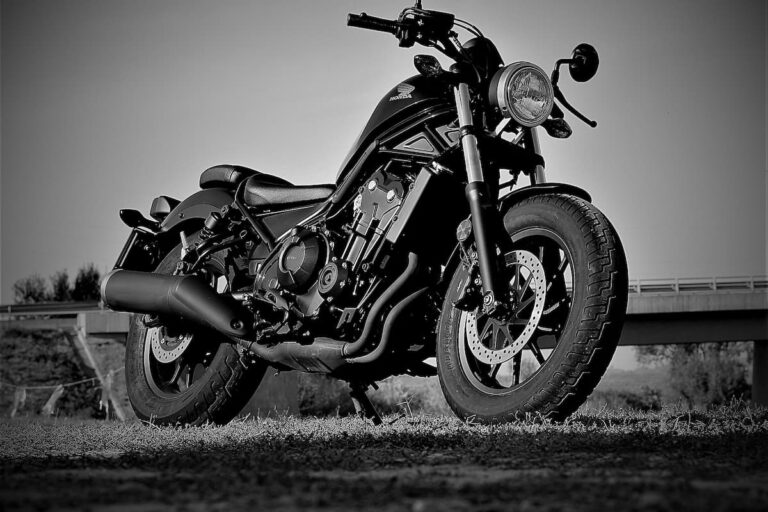How To Use Cruise Control In A Honda Civic?
Cruise control is a great way to rest your feet during long drives on the highway.
With the standard cruise function available in most vehicles, all you do is hit the speed you want, set the system, and the car maintains your speed until you brake.
In 2016, Honda leveled up its cruise control feature and introduced Adaptive Cruise Control (ACC) in the Honda Civic.
ACC not only maintains your speed but also auto-detects the vehicle in front of you and slows you down if you get too close.
To use cruise control in your Honda Civic, press MAIN on the steering wheel – Adaptive Cruise Control (ACC) will pop up on the instrument panel. Accelerate to your desired speed (it must be a minimum of 25 mph/40 km/h) and press the DECEL/SET button.
Press the RES/ACCEL button to increase the speed and the DECEL/SET button to decrease it.
These buttons increase or reduce speeds by 1 mph (1.6 km/h).
To set the distance between you and the vehicle ahead, press the DISTANCE button on your steering wheel (it has a car with four distance bars engraved on it).
You can set the distance to short, middle, long, or extra-long.
To cancel the cruise function, press the CANCEL button on the steering wheel, the MAIN button, or the brake.
How To Turn On Cruise Control?
To turn on cruise control on your Honda Civic, press the MAIN button on the steering wheel.
ACC will pop up on the instrument panel.
LKAS (Lane Keeping Assist) will also appear.
While the cruise speed can’t be below 25 mph (40 km/h), you can initiate the cruise function while driving at slower speeds.
Press SET/- to set your speed.
The system will automatically set it to 25 mph (40 km/h), but you can press the button again until you reach your preferred speed.
The instrument panel will show your speed alongside a car icon with up to four bars behind it, indicating the distance between you and the cars ahead.
Cruise control is great at maintaining your speed on level ground, but it can struggle when driving up or down a hill.
If your speed increases downhill, press the brakes to cancel the feature.
Once on flatter ground, press the RES/ACCEL button to resume the previous cruise speed.
How To Change the Set Speed?
You can increase the set speed in three ways:
- Press and hold the RES/ACCEL button and release it once you’re at your preferred speed.
- Press the gas pedal, accelerate to your desired speed, and press the DECEL/SET button.
- To gradually increase the speed, tap the RES/ACCEL button. Every tap will increase the speed by 1 mph (1.6 km/h).
You can decrease the set speed by:
- Pressing and holding the DECEL/SET and releasing it once you’ve reached your preferred speed.
- Lightly pressing the brake or clutch to switch off the cruise control. Once the car slows to your new speed, press the DECEL/SET button.
- Tapping the DECEL/SET button. Every tap will gradually reduce your speed by 1 mph (1.6 km/h).
You can still use the gas pedal to accelerate while cruise control is activated.
For example, if you need to overtake another vehicle.
After you complete the pass, release the pedal, and your Civic will resume the previously set cruising speed.
How To Cancel Cruise Control?
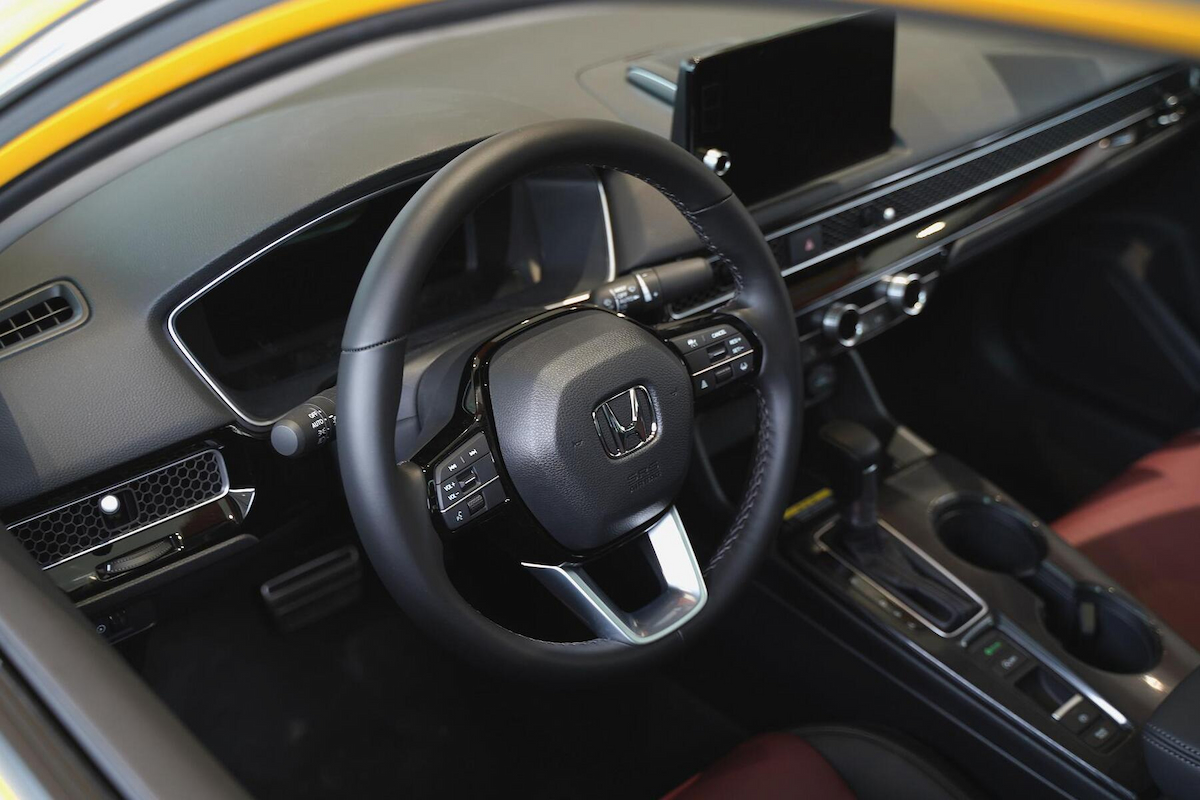
You can cancel cruise control in three ways:
- Press the brake or clutch pedal.
- Press CANCEL on the steering wheel
- Press the MAIN button.
The system will remember your set speed if you cancel by pressing the pedals or CANCEL button.
To return to this cruising speed, accelerate to at least 25 mph (40 km/h) and press the RES/ACCEL button.
If you switch off cruise control using the MAIN button, the system clears the set speed.
To use it again, you’ll have to set it up from the beginning.
What’s the Difference Between Standard Cruise Control and ACC?
Standard cruise control and ACC both maintain your speed.
The difference is that Adaptive Cruise Control (ACC) also calculates the distance between you and the car ahead and slows you down if you get too close.
The feature also returns you to the set speed if the car switches lanes or accelerates beyond your current speed.
The Honda Civic uses a radar unit at the front of the car and a camera mounted on the windshield to feed spatial information to its ACC system.
To use ACC in your Civic, turn on the system, then set your speed and following distance.
The feature will take over from there.
My Cruise Control Isn’t Working. What Should I Do?
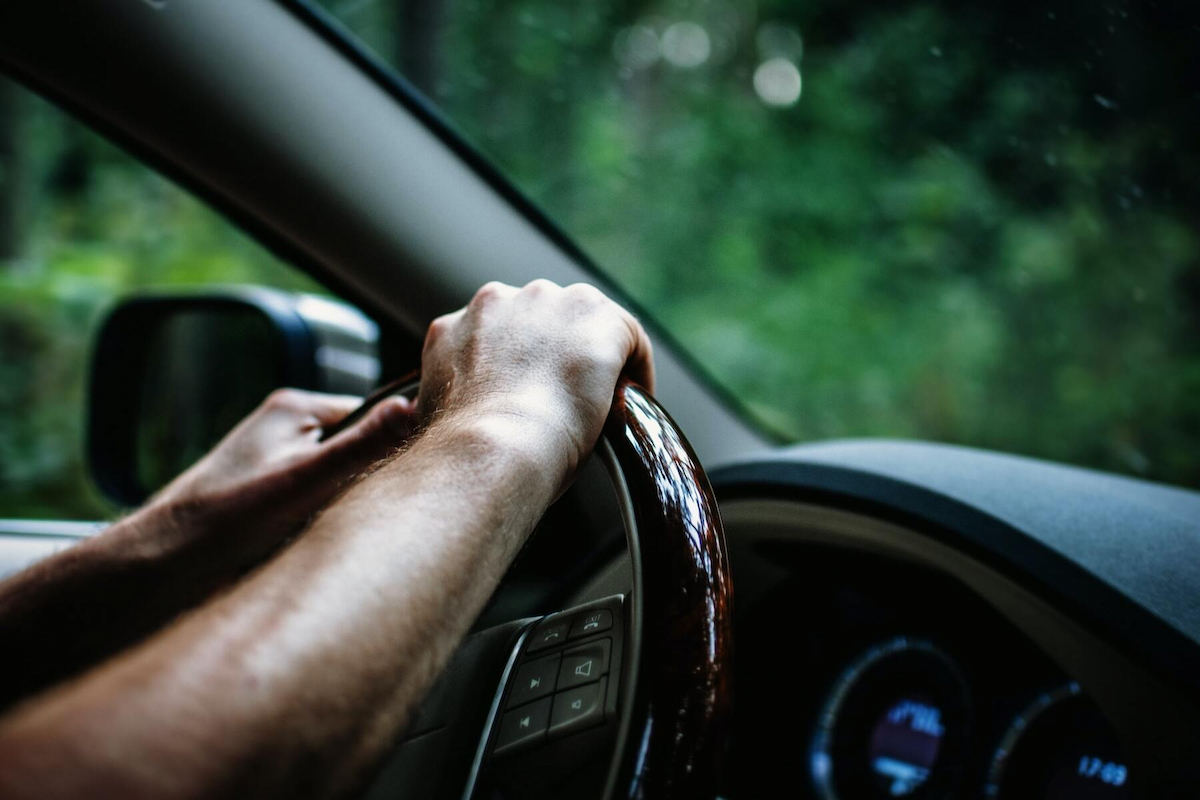
If the cruise control isn’t working in your Honda Civic, you can try to troubleshoot the problem yourself.
The first step is double-checking that you haven’t blown a fuse.
The process is easy, inexpensive, and takes no more than half an hour.
Confirm the cruise control isn’t working by activating it using the MAIN button on the steering wheel.
You likely have blown a fuse if you see a green light on your dashboard, but the instrument panel has no activity.
Check the fuse box in the under-dash below the instrument panel.
Refer to the fuse chart in your owner’s manual to know which fuse is responsible for the cruise control setting.
Once you locate it, use a fuse puller or a pair of needle nose pliers to remove it.
Inspect the center strip. If damaged, replace the fuse.
If you’ve replaced the fuse but are still experiencing problems, the issue is likely the wiring.
To avoid damaging your wiring, take your Civic to the shop.
Precautions For Using Cruise Control
The first thing to mention is that cruise control doesn’t take over your vehicle’s operations – it only controls the speed and, with ACC, the following distance between you and the car in front of you.
You are still in control of the steering; therefore, you’re in charge of which way the vehicle goes.
Don’t use cruise control for speeds above 75 mph (120 km/h), and avoid using it if you’re tired, stressed, or generally unfocused.
These emotional states affect concentration and reaction times, and cruise control can make it easier to slide into ‘auto-pilot,’ increasing your chances of an accident.
When cruise control is activated, set both feet flat on the floor to ensure you can immediately retake control of your vehicle when necessary.
This position allows you to adjust your speed suddenly, accommodate road conditions, or make an emergency stop.
The final note is more of a reminder.
Always remember that you, the driver, are responsible for what occurs on the road – you won’t be able to blame technology should an accident happen when you weren’t being careful.
Conclusion
Cruise control offers a convenient way to rest your legs without stopping your vehicle.
Maintaining your speed also improves fuel economy and helps you stay within speed limits when driving on freeways or highways.
However, you must use the feature in the right driving conditions.
Activating cruise control in bad weather, heavy traffic, or on rough roads can increase your chances of an accident.
To activate the cruise function in your Honda Civic, press MAIN on the steering wheel, accelerate to a minimum of 25 mph (40 km/h) and press the DECEL/SET button.
Press the RES/ACCEL button to increase your speed and the DECEL/SET button to decrease it.
If your Civic has ACC, press the DISTANCE button on your steering wheel to set your following distance behind the vehicle ahead of you.
If your cruise control system malfunctions, check the fuse before taking your car to the mechanic.

